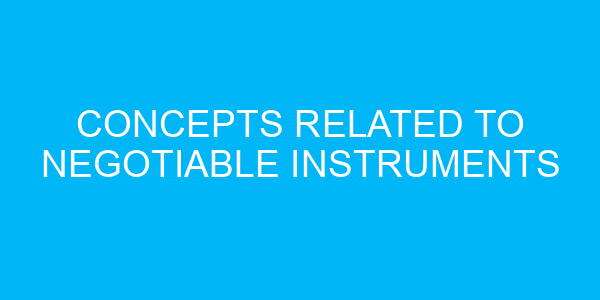41. What is the purpose of the Negotiable Instruments Act, 1881?
a) To define the legal requirements for negotiable instruments
b) To regulate the banking industry
c) To establish the Reserve Bank of India
d) To facilitate international trade
42. Which of the following is not a valid form of endorsement?
a) Signature of the endorser only
b) Rubber stamp of the endorser
c) Printed name of the endorser
d) Seal of the endorser
43. What is the liability of the drawer in a bill of exchange?
a) Primary liability
b) Secondary liability
c) Conditional liability
d) No liability
44. Which of the following statements is true about a bearer cheque?
a) It can only be deposited into the account of the payee
b) It can only be encashed by the payee named on the cheque
c) It can be encashed by anyone who presents it to the bank
d) It can be encashed only if stamped by the bank
45. Which of the following is not a characteristic of a bill of exchange?
a) Unconditional order to pay
b) Three parties involved
c) Requires acceptance by the drawee
d) Limited payment options



